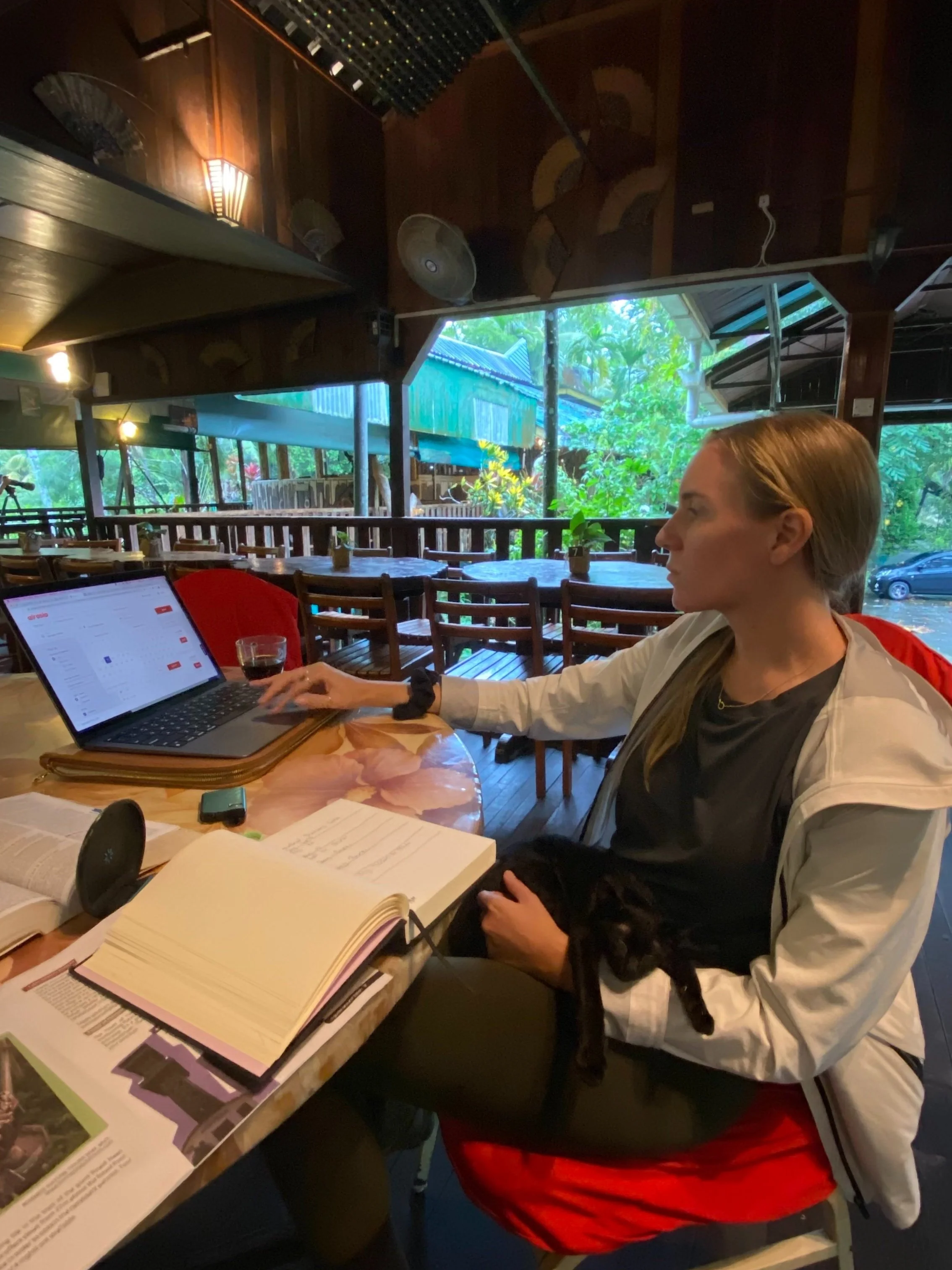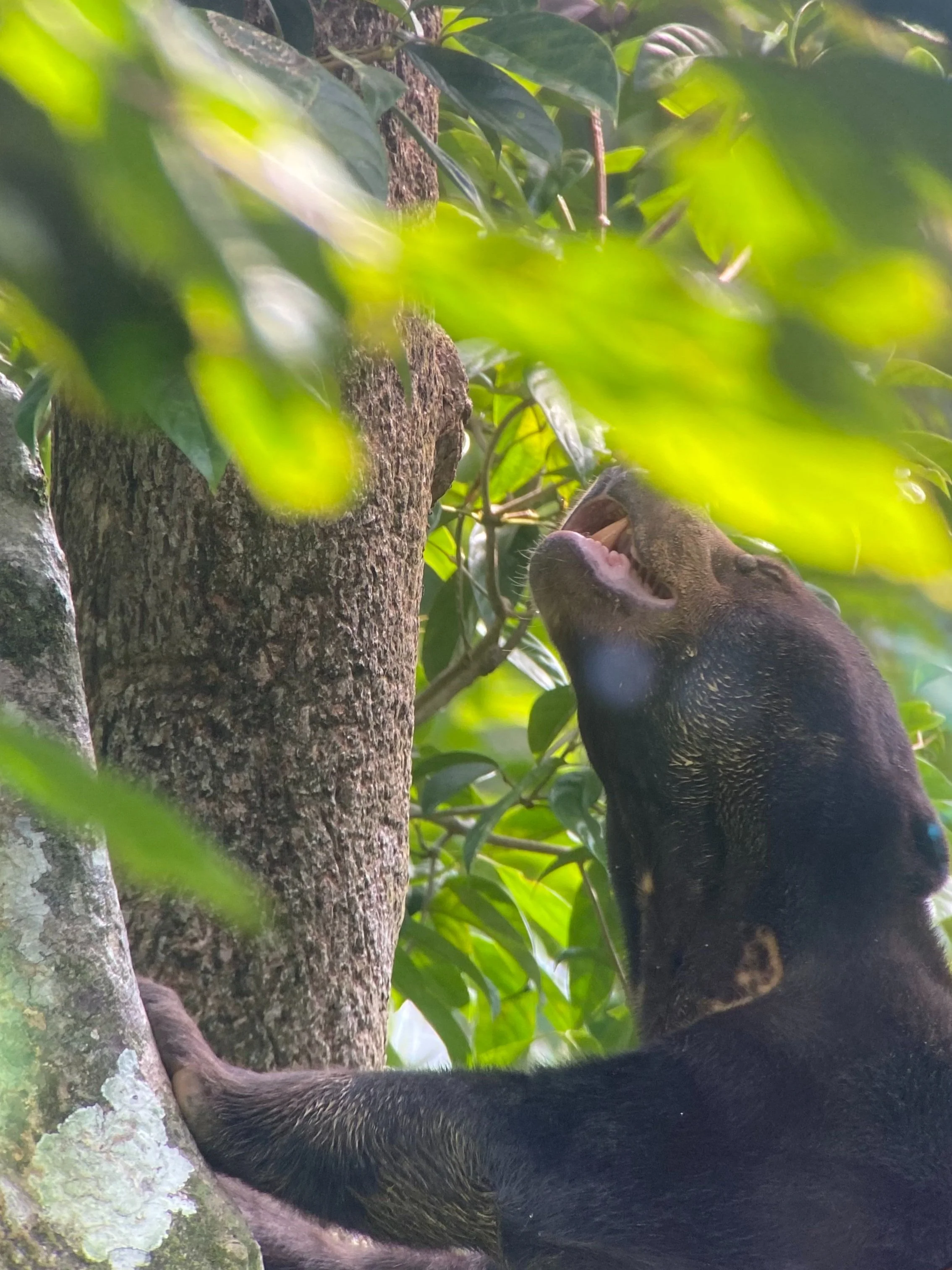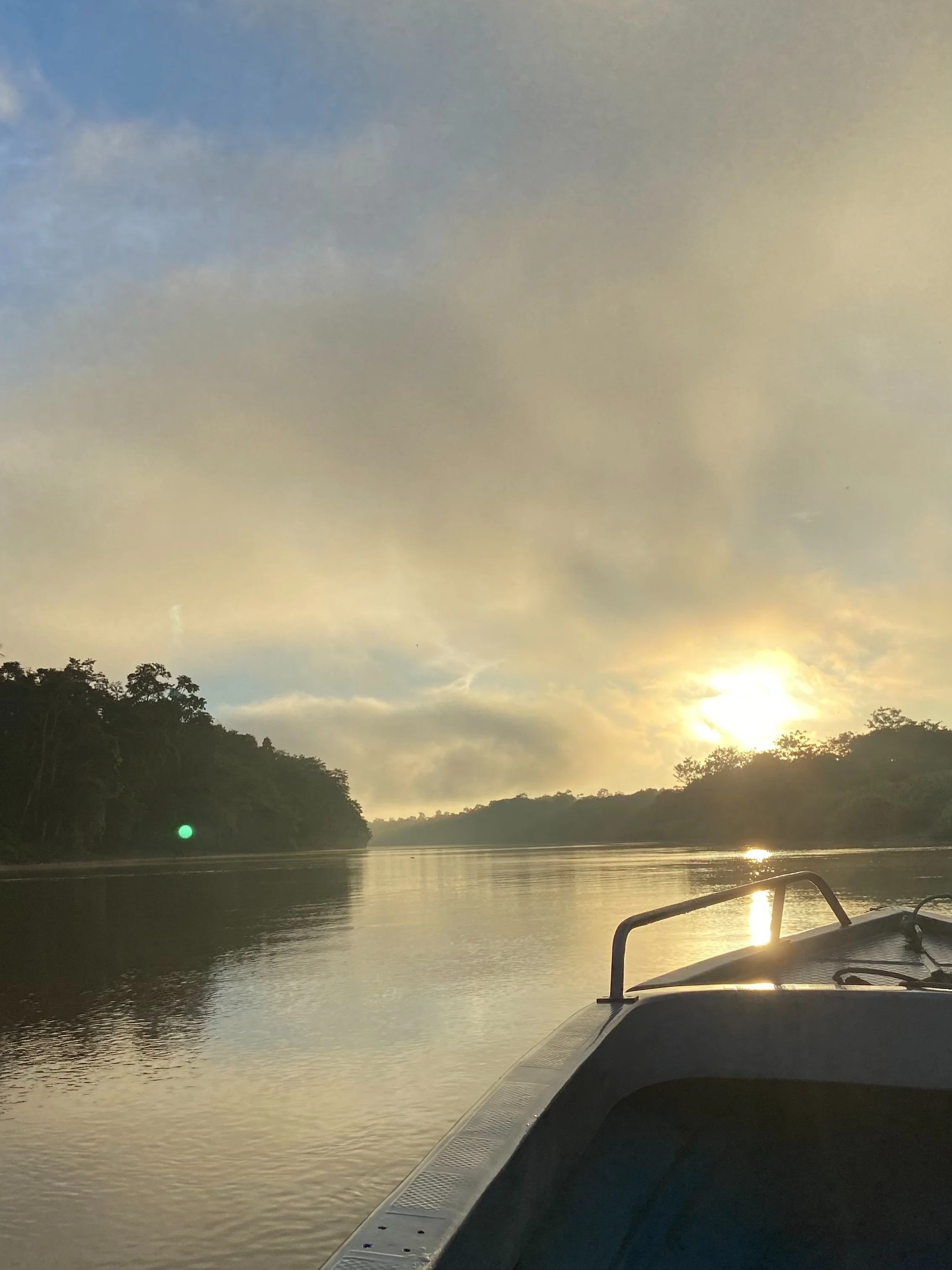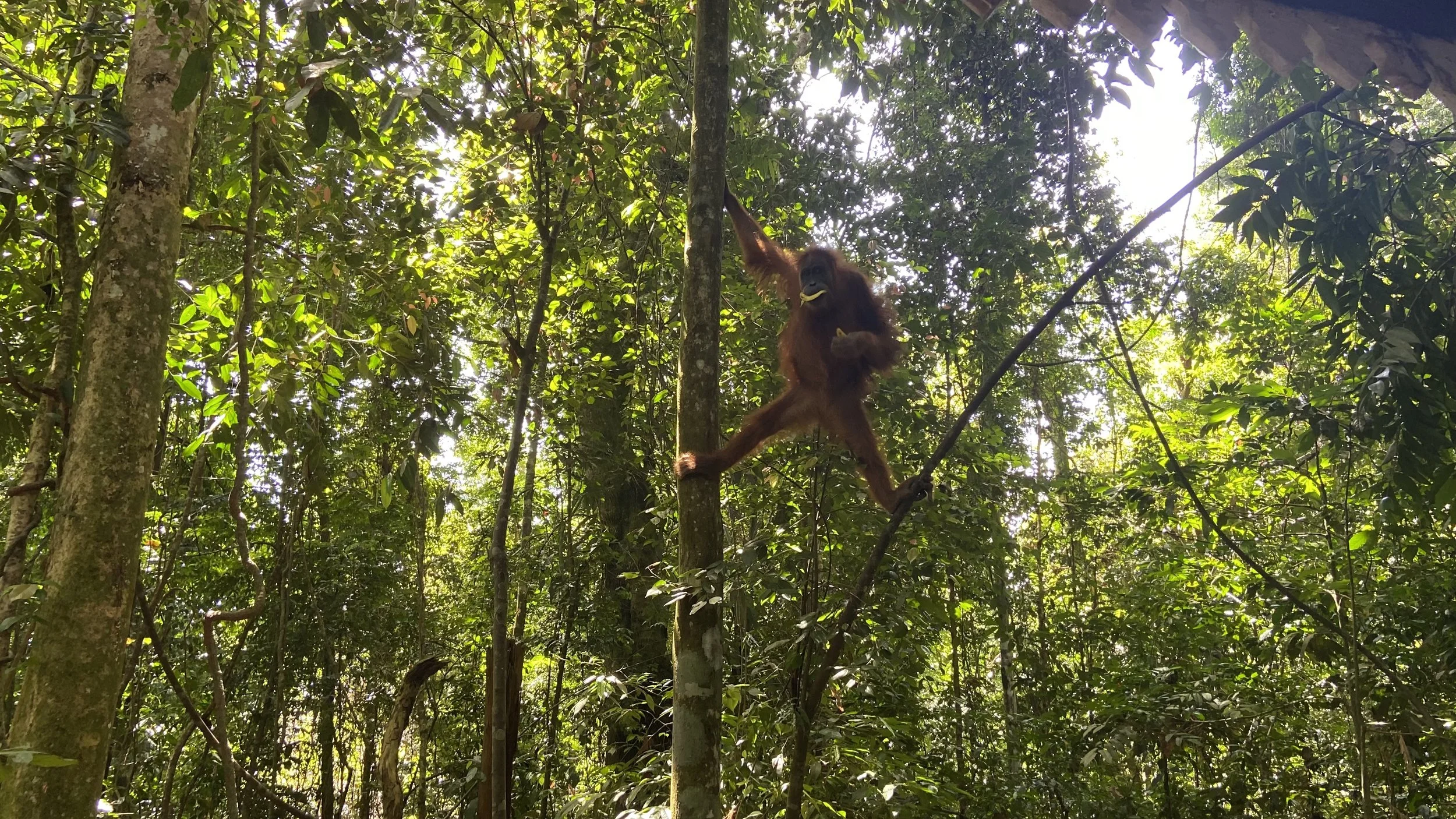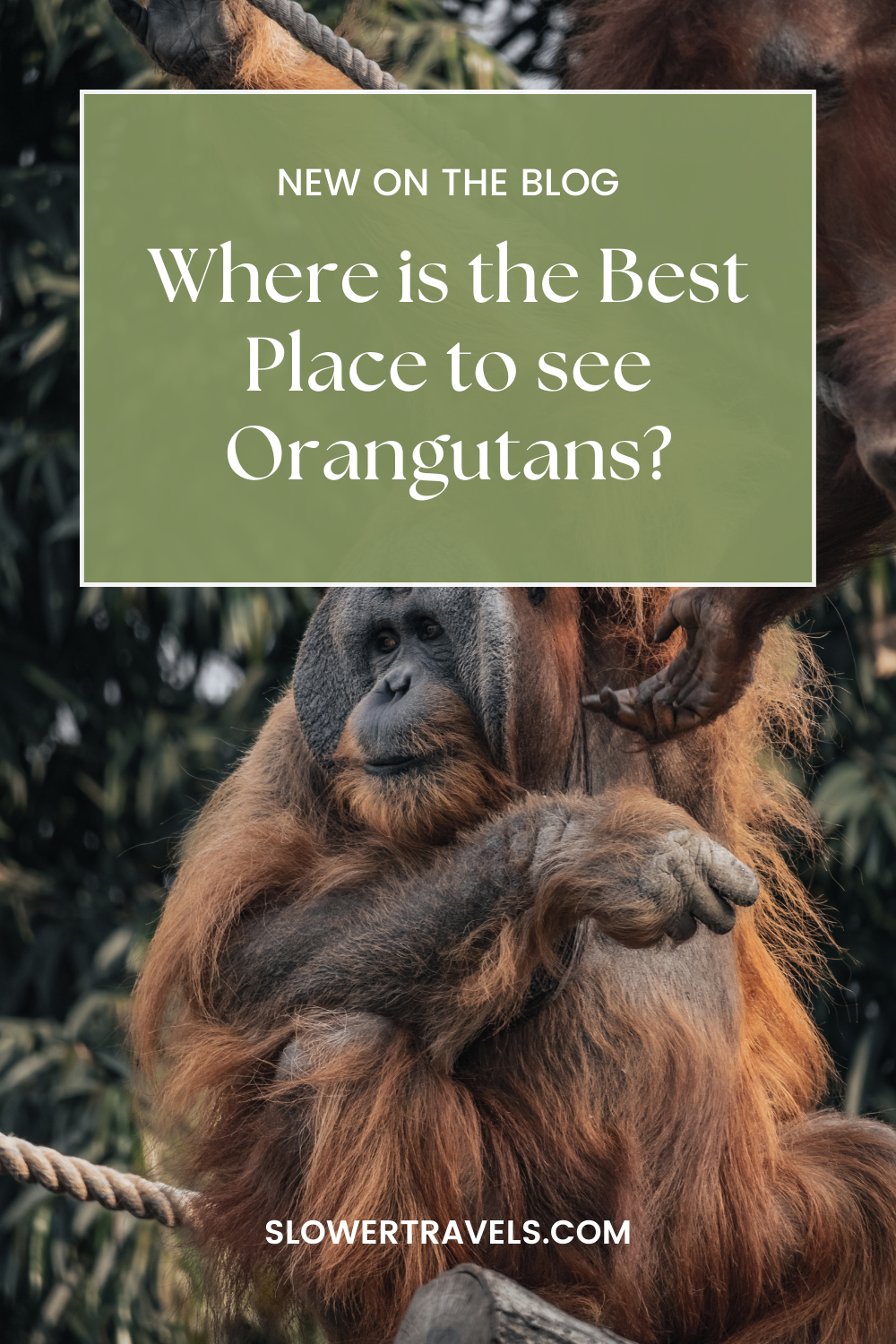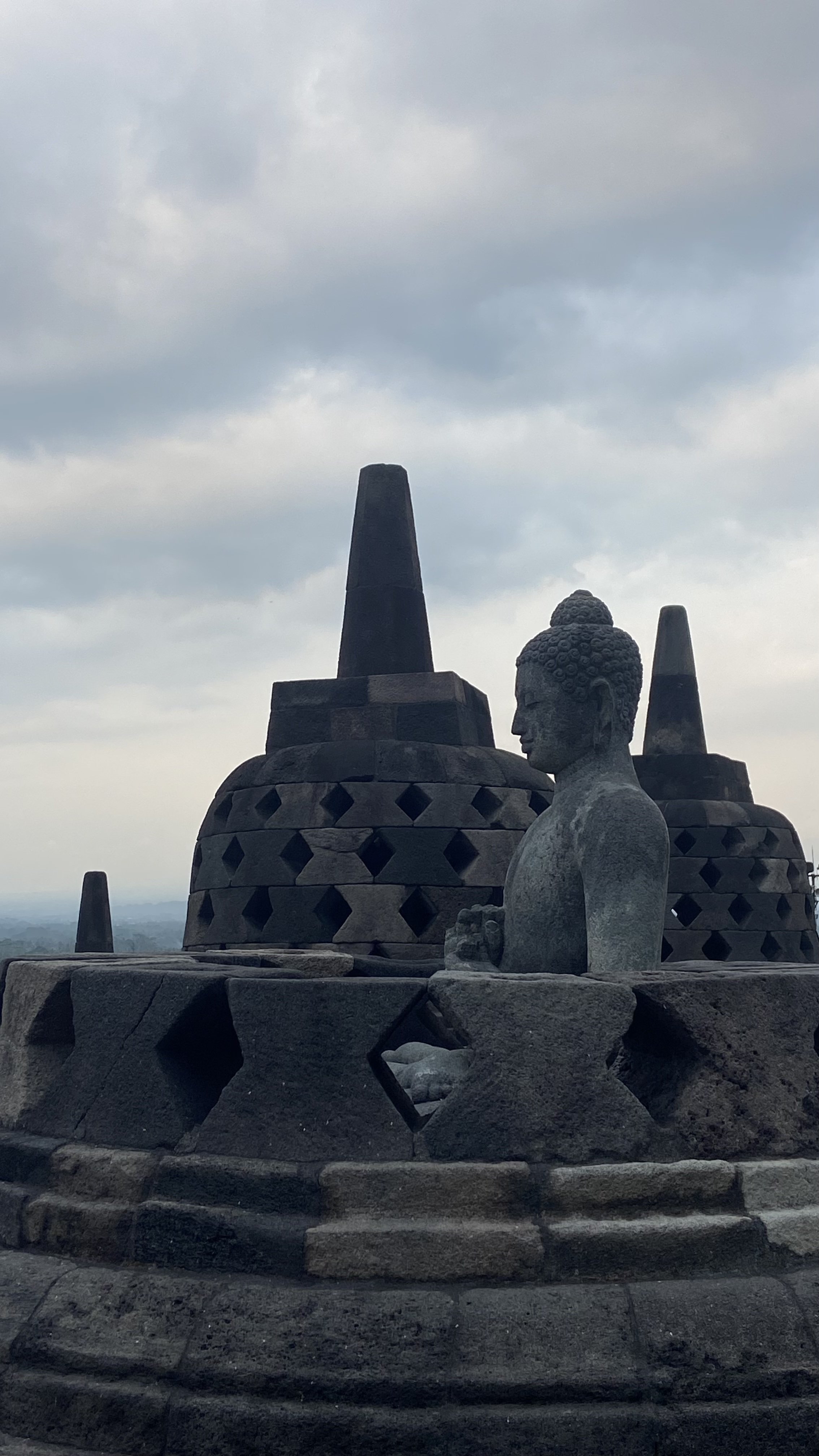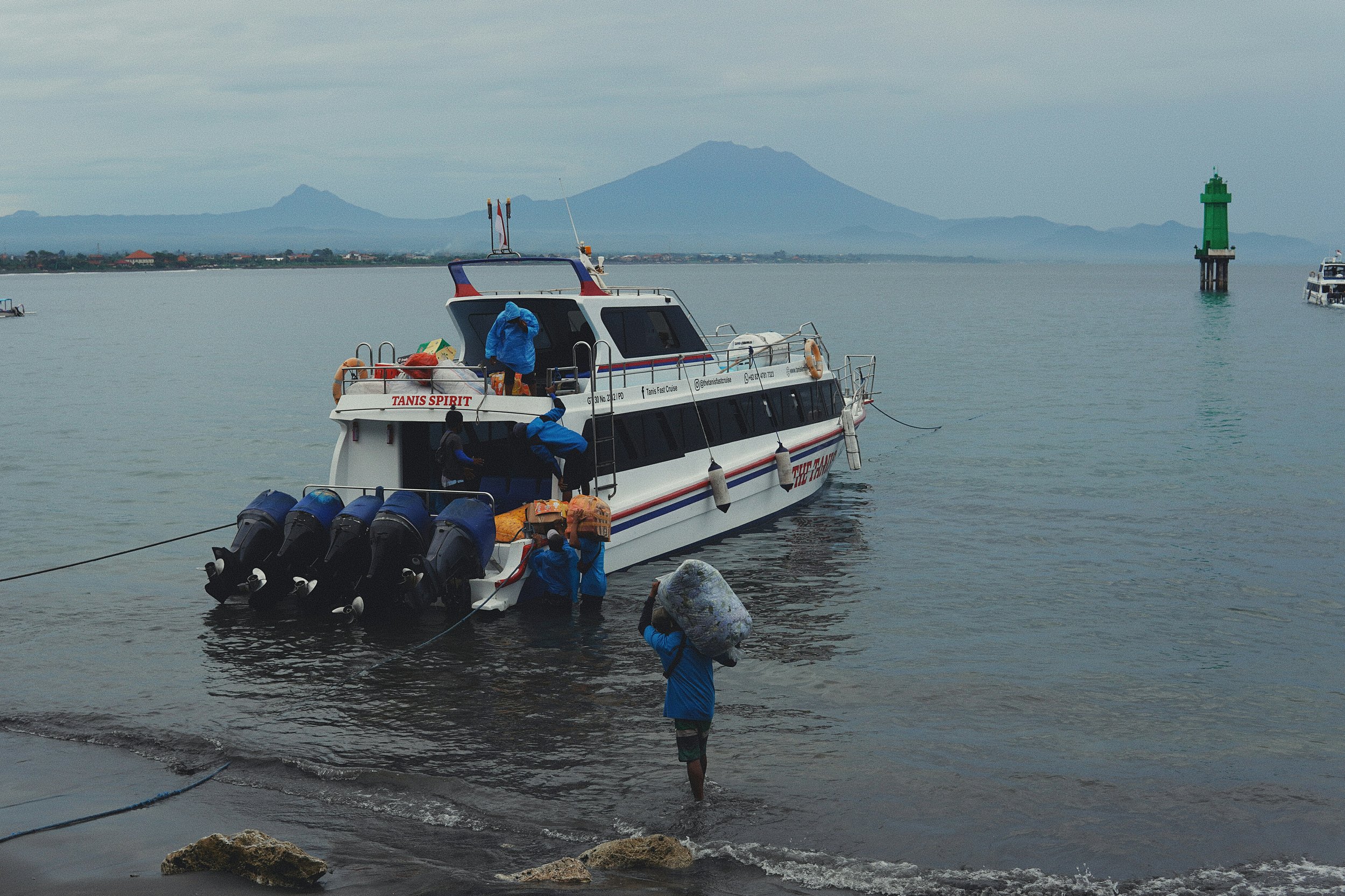Where To See Orangutans In The Wild
This post may contain affiliate links, meaning we get a commission if you decide to purchase through our links at no cost to you. This helps fund Slower Travels without costing you a cent!
One of the highlights of being a digital nomad is being able to close our laptops and head off to experience the natural world. For me, seeing animals in the wild is one of these treats.
Whether you’re a digital nomad or just planning to visit Southeast Asia to see orangutans, you can choose between two places for your adventure. Either the island of Borneo (which includes Malaysia and Indonesia). Or you can head to the island of Sumatra in Indonesia.
We decided we wanted to see orangutans when we knew we had some spare time in Malaysia. So we headed to Malaysian Borneo and saw these great apes for ourselves. Then, a short while later, we were travelling in Sumatra, and we decided to take a trip to the jungle there too.
But if you’re short on time, which one should you head to? Here, I will break down the pros and cons of our experience in both locations, the ethical tourism standards applied and which place I would recommend to anyone who wants to see these beautiful creatures.
Orangutan Experience in Borneo, Malaysia
We flew from Kuala Lumpur across to Kota Kinabalu in Borneo with very few plans.
We decided to fly across to Sandakan on the east coast rather than take the day-long journey overland. We then spent a night or two in Sandakan, which I would not recommend. There’s not much to see there, and it’s one of the few places where we’ve encountered children begging on the street.
Sepilok, Malaysian Borneo
Where you want to say is in the small town of Sepilok. We stayed at Sepilok Jungle Resort and it was great. There’s a swimming pool surrounded by trees, a restaurant and plenty of space to work in the restaurant/foyer area.
From here you can walk to the Orangutan Rehabilitation Centre and the Sun Bear Conservation Centre.
At the Orangutan Centre, they’ll ask you to check in all your bags and loose items. You don’t want anything that’s going to tempt the animals to come down and steal your stuff.
You then take a boardwalk through the jungle to the feeding platform. They suggest you arrive before feeding time so that you have enough time to head to the rehabilitation part where you can see those that are being cared for in the centre close up.
Then you can head back to the main feeding platform. This is in the jungle so it’s accessible to both wild orangutans and those that have been rehabilitated enough to head off on their own.
The large, male orangutan in charge at meal times
Your ticket gives you the ability to come to both feedings in the day, which we did. It absolutely poured with rain in the morning so no orangutans came out to eat.
But in the afternoon we were treated to a large group gathering to feed, including a large wild male.
We stopped off at the Sun Bear Conservation Centre in between the two feeding times and it was honestly a great place to visit.
Sun Bear Conservation Centre
Again, you’re walking on boardwalks with a few macaques around. The bears themselves are in contained areas but these are large spaces where they still have a lot of freedom to move around.
There were staff wandering around helping us spot those sleeping up in trees. They also helped us use their telescope to get a closer view of them.
I didn’t know much about sun bears before I went, but it was a great chance to see them and learn more about the animals. And, of course, support a centre looking after many bears recovering from some horrible conditions.
Kinabatangan River, Malaysian Borneo
From there, we took a tour with Sticky Rice Travel on the Kinabatangan River. We did the three-day, two-night Eco Camp Experience.
Here, you get to spend time out in the jungle, living beside an oxbow lake, surrounded by wildlife. This is the only accommodation on the Kinabatangan River in a forest reserve. You get the chance to go on several hikes, both during the day and at night. You take several cruises on the river to spot animals and we also went tree planting.
Morning boat cruises
View of the lake from camp
Our guide was very experienced and we were lucky enough to see an orangutan on the day we arrived. However, this was very different to seeing them at the feeding platform. She was high up in the trees, hidden by the forest canopy. She was not that happy to see us. In fact, she started ripping off small branches and throwing them at us when we came too close.
This is where it gets tough to compare the experiences. This was a wild animal who felt threatened. It was an honour to see her completely in the wild but it did mean we didn’t get to see her clearly and close up.
We were also lucky enough to see another orangutan. The day we went tree planting, as our guide was explaining the process we spotted an orangutan watching us from the treetops.
There weren’t many trees around us, so I’m not sure how she ended up there. She peacefully watched as we did our best to replant her rainforest home.
Pros of Visiting Malaysian Borneo
You have the ability to see them close up in a rehabilitation centre. This is a scientific centre that is looking out for these great apes and helping them return to the wild.
The sun bear facility next door allows you to see another incredible creature while you’re in the neighbourhood.
We had the honour of planting trees to help increase where these creatures can live.
Staying at the nature camp allowed us to do a lot more such as night hikes and tree planting.
For a lot of countries, you can enter Malaysia without a visa (or associated fee) for 90 days. Check out if your country requires a visa here.
Cons of Visiting Malaysian Borneo
Getting to the Kinabatangan River is quite a journey if you want to go beyond the rehabilitation centre. You’ll need more time, but travelling slowly isn’t always bad.
The orangutans are wild at Kinabatangan River, so you’re not guaranteed to see them. Or if you do, that they’ll be happy to see you.
Orangutan Experience in Sumatra, Indonesia
We had planned to spend a month in Tuk-Tuk on Lake Toba in Sumatra. But while we were there we decided we couldn’t come all the way to Sumatra, one of only two islands in the world with Orangutans, and not see them.
Gunung Leuser National Park, Sumatra, Indonesia
So we booked a short trip up to Bukit Lawang. If you were planning this properly, I’d visit Bukit Lawang first, then head to Tuk-Tuk to relax afterwards.
We ended up with four days in Bukit Lawang, but work commitments meant that we couldn’t do a longer hike. Instead, we settled on a single day.
Thomas's leaf monkey
There is a government-set standard for what the guides charge. This ensures everyone is paid a fair wage.
I thought this meant that the standard of the guides would also be the same, but it became apparent that some are more focused on the protection of the species than others.
The single-day hike begins at the rubber plantation. There are a lot of other hikers heading out at the same time, so the guides help each other in spotting the animals.
Within the first hour, we were able to see orangutans, siamangs and Thomas Leif monkeys.
Orangutan feeding on leftover bananas
As we got deeper, we came up close and personal with the orangutans. And this was unlike our experience in Borneo.
Here, they weren’t kept separate from us like at the Rehabilitation Centre. And they weren’t scared of us like out in the wild. Instead, you can tell that these animals are semi-tame.
The next thing we noticed was that a lot of the guides leave fruit scraps out. They say this is just to compost. But in reality, it’s helping train these wild animals to rely on humans for these sweet snacks.
One guide also pointed out to me that these scraps could be contaminated by humans. The insect repellant we all use or diseases that spread between these close relatives of ours. Not ideal.
After lunch, the hike became a lot more challenging. We were going up and down steep country, with ropes in places to help guide us.
It was a fun challenge but be prepared to work. At the end of the hike we chose the option to come back to Bukit Lawang along the river. And we’re so glad we did.
This was such an exhilarating ride!
All your gear is wrapped in plastic bags. Take off anything you’re not prepared to get wet. Then you and all your gear are loaded onto the boats, made of large innertubes strapped together.
With one guide in the front and one in the back, off down the river we went. They have large poles to try and bounce off rocks and avoid the biggest drops.
We finished up not far from our hotel and could walk the short distance home.
Pros of Seeing Orangutans in Sumatra
Bukit Lawang is a cute little village, with lots of places to eat.
You can see Thomas’ Leif Monkeys and macaques in town just while you’re wandering around.
The ride on the river is unique and exhilarating.
Cons of Seeing Orangutans in Sumatra
To increase the chances of seeing them, guides leave fruit around to encourage animals to come back increasing dependence on humans.
The rehabilitation centre is closed meaning that there isn’t scientific support for the animals.
For most countries, you will need a visa to enter Indonesia.
Where Should You Go To See Orangutans?
If you want to see orangutans, you should head to Borneo, Malaysia.
You’ll be able to see them cared for by professionals in the rehabilitation centre. If you have more time, you can also head out to try to spot them in the wild.
Yes, in Sumatra you’re very likely to see them in the “wild” but these creatures aren’t truly wild. They’re not being cared for by professionals and they are becoming dependent on humans.
We haven’t been to Borneo on the Indonesian side, so if you have let us know what it’s like there in the comments below!
